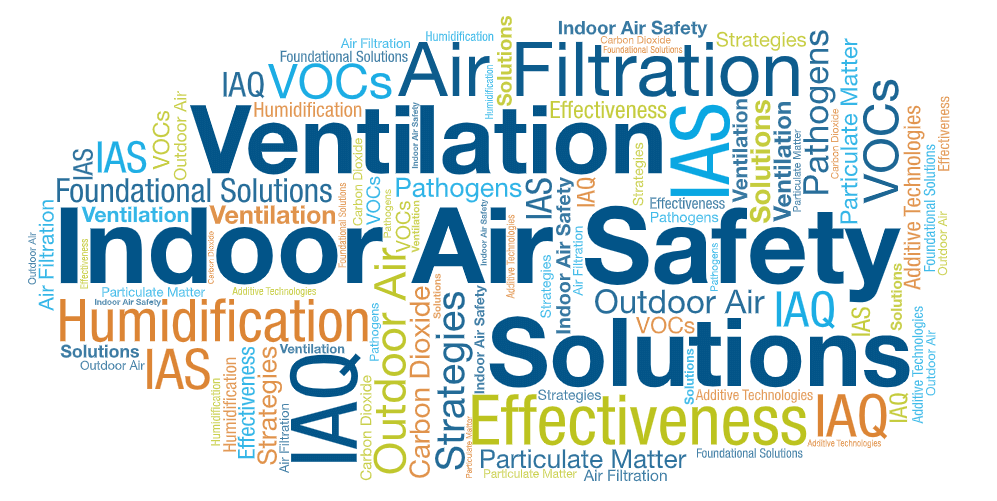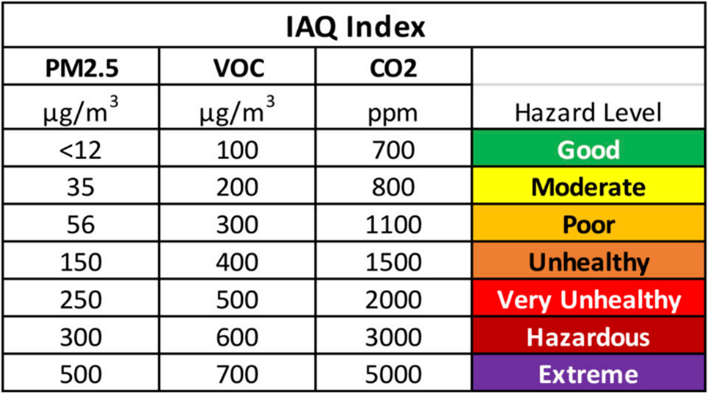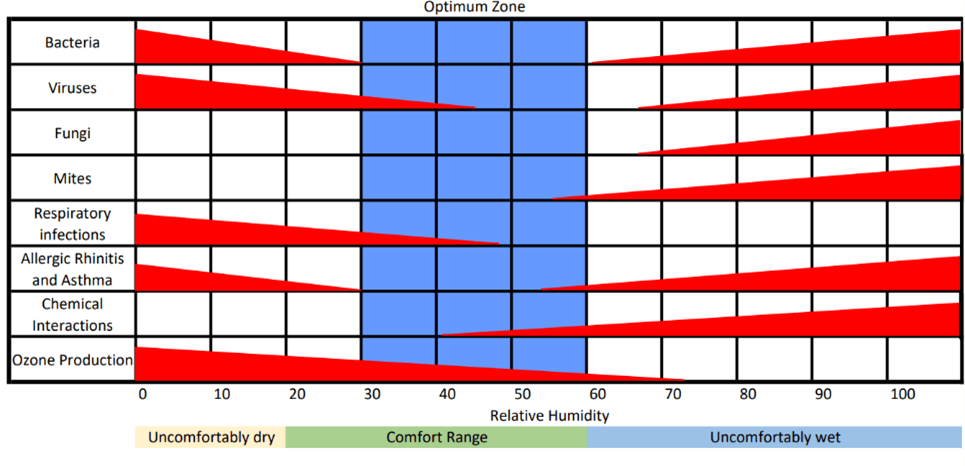Changing the Narrative: From Indoor Air Quality to Indoor Air Safety

Before the pandemic, the majority of us took for granted that the air we breathe indoors is safe, just as we trust the water we drink is safe. Since the pandemic, we’ve learned that this is not always the case. Indoor Air Quality (IAQ) suddenly
became a hot topic due to airborne viral transmission, especially since we spend 90% of our time indoors. However, IAQ covers several air-related issues including carbon dioxide (CO2) levels, Particulate Matter (PM) levels, Volatile Organic Compound (VOC) levels, and pathogen levels. In addressing these issues, the conversation has pivoted from Indoor Air Quality to Indoor Air Safety (IAS) and what we can do to mitigate these issues to create healthier indoor environments.
Foundational Air Safety Technologies
While IAS can be a complex issue, foundational HVAC technologies have been used for years and are proven to maximize indoor air quality and assure indoor air safety. These foundational technologies include:
- ventilation with outdoor air (OA),
- proper humidification,
- and air filtration.
Additive technologies have also become part of the IAS conversation, but these should be considered as part of a layered approach to enhance proven foundational technologies, not as an alternative to foundational technologies. Additive technologies include ionization (e.g., bipolar ionization, needlepoint bipolar ionization), dry hydrogen peroxide, ultraviolet germicidal irradiation, and carbon filtration. Some additive technologies can have unwanted and unsafe side effects such as ozone generation, increased concentration of VOCs, etc. When using additive technologies, especially to mitigate the risk of pathogens, it is imperative to verify the effectiveness of the technology through independent clinical studies that simulate real-life applications and equipment performance verification by third-party listing agencies.
Indoor Air Safety Strategies/Effectiveness
To assure the maximum impact on Indoor Air Safety it is critical to monitor the specific air safety issue being targeted and implement the HVAC technology that will provide the best solution for maintaining safety levels in the space (Figure 1).
 |
| Figure 1: Source: https://greenecon.net/3-metrics-to-guide-air-quality-health-safety/carbon-footprint.html |
Volatile Organic Compounds (VOCs) are simply just carbon compounds (excluding compounds such as carbon dioxide) that exist in a gaseous state at room temperature. VOCs have various toxicity levels, so it’s important to know what compounds are present in a space. Because there are no standard recommendations for acceptable levels of VOCs, acceptable VOC concentrations will need to be established on a case-by-case situation. Outdoor air ventilation is highly effective at controlling VOC levels. Carbon filtration is another technology that is effective at filtering out VOCs. Like PM, the effectiveness of carbon filtration is highly dependent on effective air distribution that will assure airborne VOCs pass over the carbon filter. Ventilation is also more reliable given the delicate nature of carbon filters and susceptibility to being easily damaged by airborne PM.
 |
Figure 2: Optimum Humidity Range for Human Comfort and Health. Source: 2016 ASHRAE HVAC Systems and Equipment Handbook Chapter 22. |
Maintaining comfortable humidity levels maximizes IAS by reducing the concentration of pathogens in a space. Efficient Filtration with effective air distribution will eliminate dead zones and assure contaminated air passes over filters that
can reduce particulate matter carrying pathogens. In specific and limited applications, Dry Hydrogen Peroxide (DHP) and UVGI may be an additional layer of technology for reducing concentrations of pathogens.
 |
For more information on Greenheck products that can
help deliver safer, healthier indoor air, click
here or contact your
local Greenheck representative
.
Indoor Air Quality


from